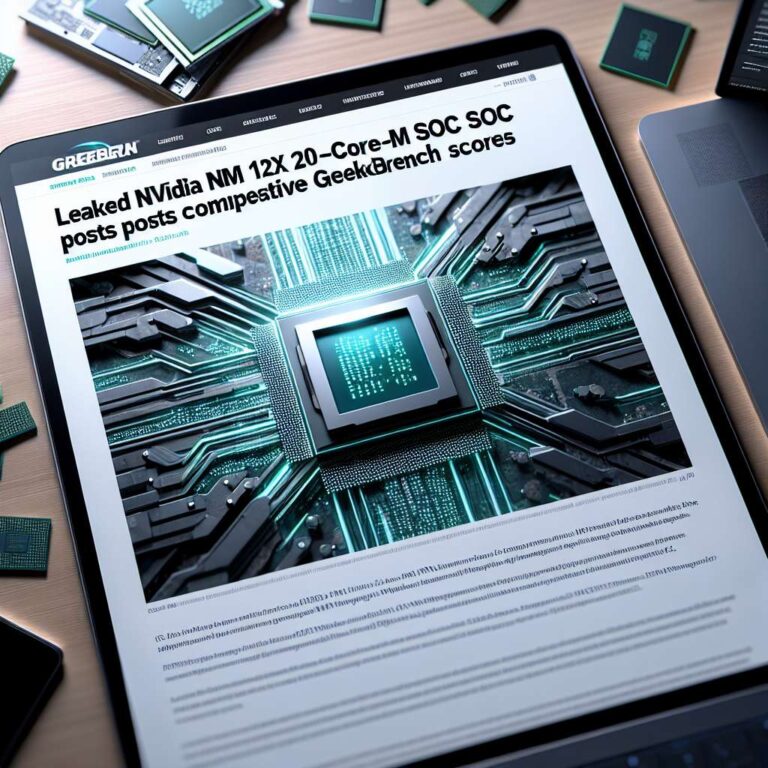Rumors of Nvidia´s N1X system-on-chip (SoC) have gained traction after a Geekbench listing revealed 20 Arm cores and competitive performance scores, hinting at Nvidia´s ambitions in the high-performance mobile and laptop segment. The leaked benchmark, emerging from an HP development board running Ubuntu Linux, shows the N1X achieving over 3,000 points in single-core Geekbench 6 (3,096) and nearly 19,000 in multi-core (18,837). These results place it on par with current top-tier silicon like Intel’s Arrow Lake-HX and AMD’s Ryzen AI MAX (Strix Halo), though it remains roughly 30% behind Apple’s M4 Max in single-core measures.
The N1X is believed to be the product of a partnership between Nvidia and MediaTek, with MediaTek supplying off-the-shelf Arm Cortex cores. The device reportedly uses a 10+10 configuration of Cortex-X925 and Cortex-A725 cores and is closely related to the upcoming GB10-based DGX Spark mini-PC, which also boasts 20 Arm cores alongside a GPU with 6,144 CUDA cores built on Blackwell architecture. While Nvidia has not officially announced the N1X SoC, the details closely align with existing rumors about a planned Nvidia incursion into Windows-on-Arm hardware and Artificial Intelligence-focused computing.
Even compared across varying operating systems and different Geekbench versions, the N1X’s raw numbers are notable: it outpaces Qualcomm’s leading Snapdragon X Elite in both single- and multi-core, thanks to the newer Cortex-X925 cores. It falls slightly short of AMD’s Ryzen AI MAX and Intel’s Core Ultra 9 285HX when it comes to multi-threaded tasks but does so while using Arm designs that typically avoid simultaneous multithreading. Apple’s lead in the 2025 Geekbench charts remains significant, but Nvidia’s first major Arm push signals a more crowded and innovative landscape for Windows-compatible laptops, especially with fierce competition expected from upcoming chips by AMD and Qualcomm as well as new entries from Intel. With the N1X not unveiled at Computex and commercial launch details still unclear, the industry anticipates battle lines shifting rapidly by 2026 as Nvidia and partners aim for mini-PC form factors and Artificial Intelligence-centric workloads.

